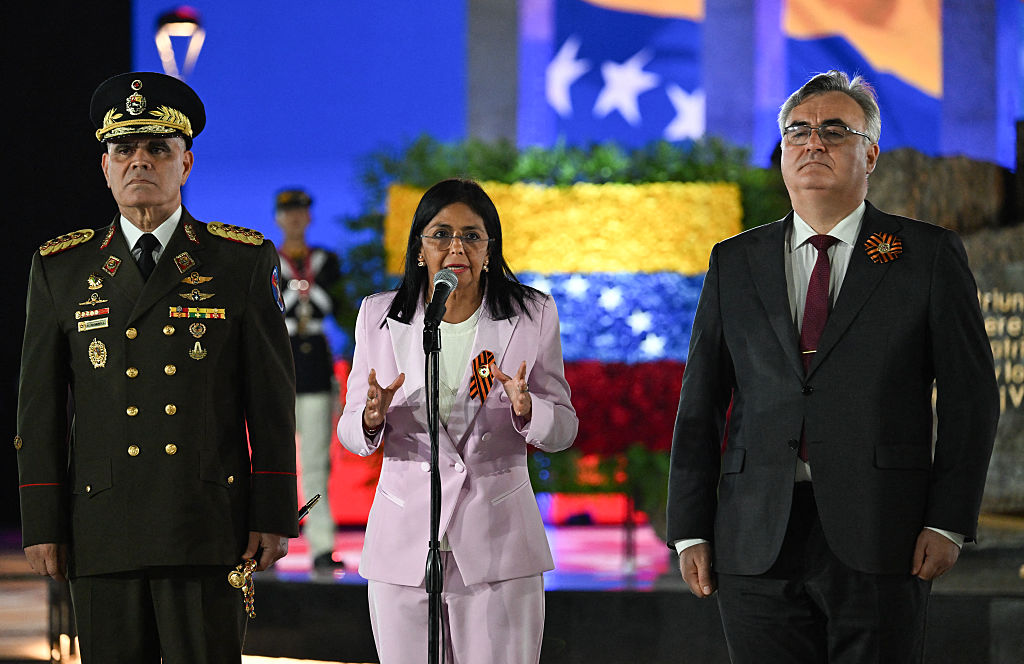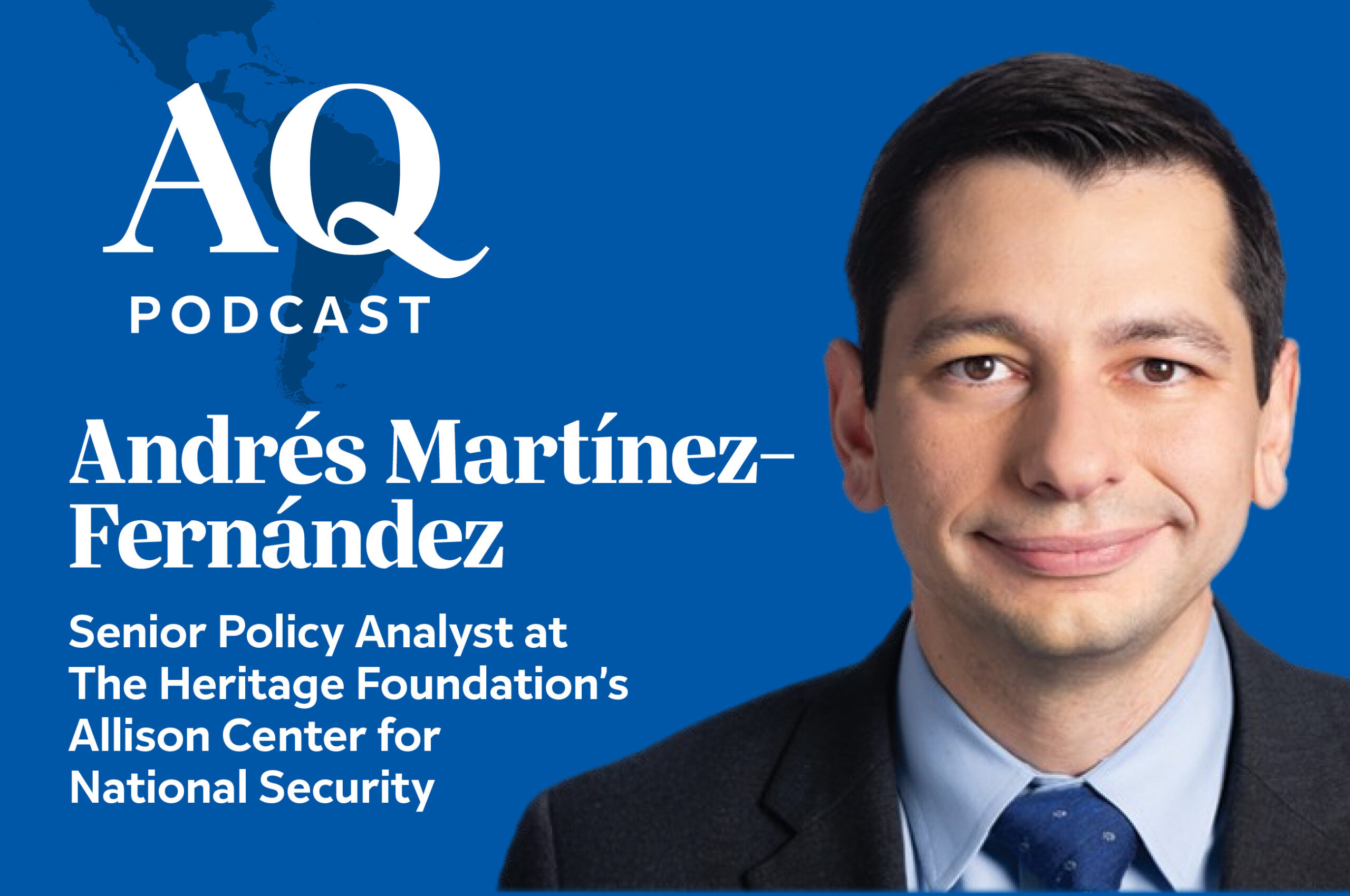Latin America Calling
Latin America Calling
"Concrete policy proposals and actions are required in order to keep the momentum and show the hemisphere, through deeds as well as words, that we really have embarked upon a new path in hemispheric affairs," writes COA's Eric Farnsworth in an article for Poder.
Álvaro Uribe of Colombia was back in Washington in late June, his thirtheenth visit since being elected president in 2002. His visit followed hard on the heels of Chilean President Michelle Bachelet’s a week earlier. These visits were part of a scripted outreach that the White House has been conducting to regional leaders: first Mexico’s President Felipe Calderón prior to the inauguration, then Brazil’s Luiz Inácio Lula da Silva in March, Bachelet and Uribe in late June, and likely visits this autumn from the presidents of Panama, Uruguay, Colombia again, and others. This strategic regional push has also included travel to Canada and Mexico by both the U.S. president and U.S. secretary of state and a meeting of North American leaders in early August, vice presidential travel to Chile and Costa Rica, travel of the secretary of state to El Salvador and (pre-coup) Honduras for the OAS General Assembly, and of course the April Summit of the Americas in Trinidad and Tobago. The visits have touched each region of the hemisphere in a meaningful way: Canada, Mexico, Central America, the Caribbean, and South America.
This approach has begun to lay the groundwork for new partnerships. In diplomacy, this is an essential prerequisite for advancing an agenda. the question that is increasingly being asked by hemispheric observers, however, both in the United States and abroad, is what the president and his administration will seek to do with all of this goodwill he and his senior officials are engendering? As one hemispheric ambassador in Washington put it just days before the Honduran military exiled President Manuel Zelaya to Costa Rica, things are great now, but clouds are on the horizon.
True, Obama has only been in office for six months, and a few other things were grabbing the attention of official Washington over the spring and summer, including the global financial meltdown, North Korean and Iranian nukes, Afghanistan and Iraq, healthcare reform, the Supreme Court, and a host of other issues large and small. At the same time, the administration’s team handling Latin American issues remains a work in progress, given the vagaries of the congressional confirmation process. So let’s not be overly hasty.
Even so, goodwill and “He’s not President Bush” can only take you so far, and difficult issues abound. Issues like the Honduran coup, the continuing crackdown in press freedoms in Venezuela, and the slow but steady march of the Bolivarian revolution which claimed its latest convert June 24 given Ecuador’s formalization of ALBA ties. Sure, we’re not getting hung up anymore on whether a country is to the “left” or to the “right,” which is progress, but what about countries that actively and aggressively promote an explicitly anti-U.S. agenda, that encourage meddling by outsiders like Iran and Russia, or that work to undermine other democratically-elected leaders in the region through material support for guerrillas or radical presidential candidates? What are we doing to support pro-U.S. leaders surrounded by unruly neighbors, including those patiently awaiting trade agreements that we have already negotiated and promised to conclude?
What strategy does the United States have at this point to discuss and develop a hemispheric energy agenda in advance of the meetings on global climate change in Copenhagen in December, as muted during the April Summit of the Americas?
With multilateralism the watchword of the moment, what role would be appropriate for the OAS, an institution that—ironically—used its first General Assembly after the Summit to sandbag the U.S. Secretary of State for a pyrrhic victory on Cuba rather than focusing on meaningful steps to build democracy either in Cuba or across the region? Can the border with Mexico be made more secure, letting legitimate cargo pass while stopping illicit activities? And what specifically can be done to work with Mexico, Central America, and the Caribbean to address exploding criminal activity while improving personal security?
These are difficult issues, requiring goodwill but also hard choices, not just of hemispheric leaders but also of the U.S. Congress. Meeting together with leaders in Washington, Port of Spain and elsewhere across the hemisphere is an important and necessary beginning. But we are coming quickly to the end of the beginning, and concrete policy proposals and actions are required in order to keep the momentum and show the hemisphere, through deeds as well as words, that we really have embarked upon a new path in hemispheric affairs. The hard part is upon us. Expectations are high. Significant effort is now required for expectations to be met.








